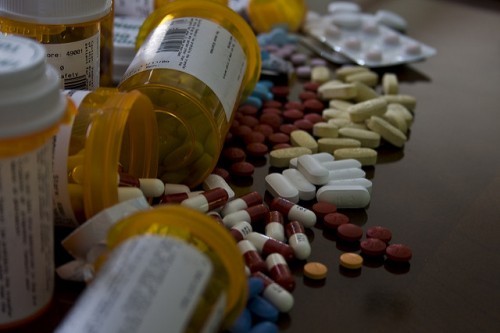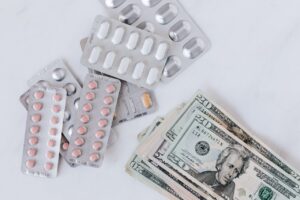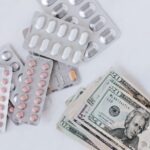Former pharmaceutical executive Martin Shkreli made another return to the news cycle this month, first at a controversial Congressional hearing and then for a lawsuit Shkreli is partied to.
Shkreli, dubbed “Pharma Bro,” first gained national news coverage after the company he ran, Turing Pharmaceuticals, increased the price of a drug commonly used to treat HIV patients from $13.50 to $750 per pill. While a price increase isn’t illegal, the incident sparked national outrage among consumers. This month, the House Committee on Oversight and Investigations looked into similar drug companies to assess their drug pricing practices.
Here are some resources and potential story angles related to the pharmaceutical industry, HIV and the money in health care.
The Pharmaceutical Industry
According to the World Health Organization, pharmaceuticals is a $300-billion-a-year industry. The 10 biggest companies control a third of the world’s pharmaceutical industry and profit margins for top companies are around 30 percent, according to WHO. No government agency regulates drug prices.
Reporters interested in writing on this multi-billion-dollar industry might consider the Pharmaceutical Research and Manufacturers of America, a trade organization for biopharmaceutical and biotechnology companies, which collects data and reports on the economic impact of the industry. The trade group also produces a report explaining the costs involved in producing certain drugs and detailing some of the industry’s measures to reduce those costs.
Reporters can also look into reports and data regulated by the Securities and Exchange Commission for publicly traded pharmaceutical companies. If you read about dramatic changes to drug pricing in a company’s annual report, or spot profit way outside the industry norms, those points may be good fodder for articles.
Name-brand Drugs
Recently, the nonprofit newsroom ProPublica investigated the costs of filling name-brand instead of generic drug prescriptions under the federal Medicare program.
ProPublica also produced a tool demonstrating the financial relationship between drug companies and some doctors and hospitals. Their story shows you the highest paid doctors and agencies by state. Take a closer look into the ones in your area.
Using HIV Data
To better report on the implications of Turing and other drug companies that set pricing for HIV medicines, use data from the Centers for Disease Control. Reporters can explore the impact of HIV by state or region, and in some cases, by city. The CDC collects patient demographic data that can inform research and support reporting by providing context about the patients in your state.
The agency also manages a number of programs and millions of dollars in grant initiatives to promote better prevention and care in cities and states. Report on taxpayer-funded initiatives by investigating the CDC’s partnerships and grant recipients.
Big Pharma and Elections
Healthcare is a continual election-year issue. As Democratic candidates Hilary Clinton and Bernie Sanders spar over President Obama’s health care law, Republican hopefuls remain steadfast in their commitment to end “Obamacare.” But what healthcare and pharmaceutical companies have a financial stake in the 2016 elections and why?
The Center for Responsible Politics examined campaign contributions by industry and organized an online tool examining PAC contributions to presidential candidates. Pharmaceutical and other healthcare-related industries contributed millions in PAC money to presidential candidates, according to the center.











